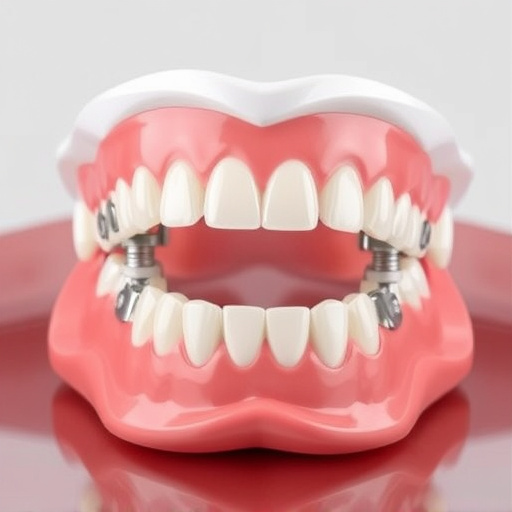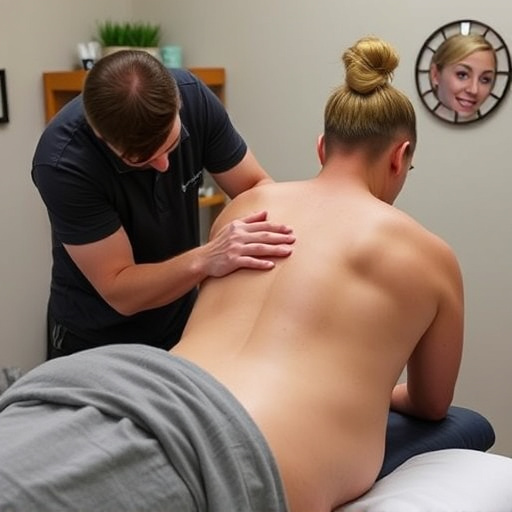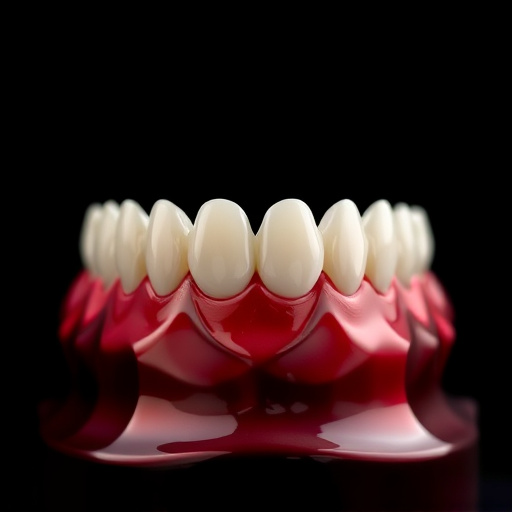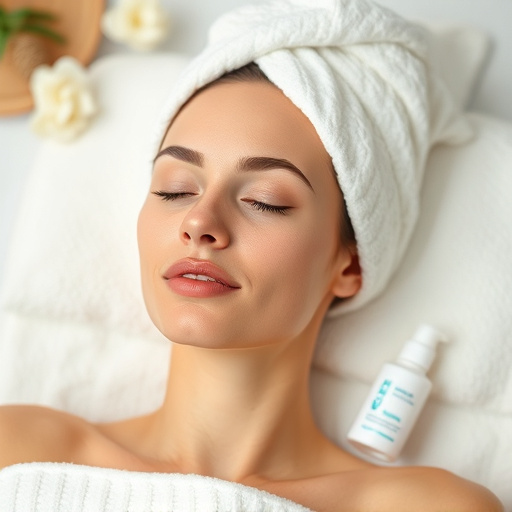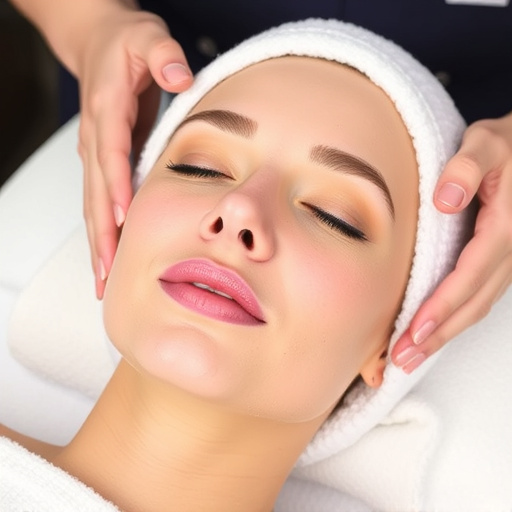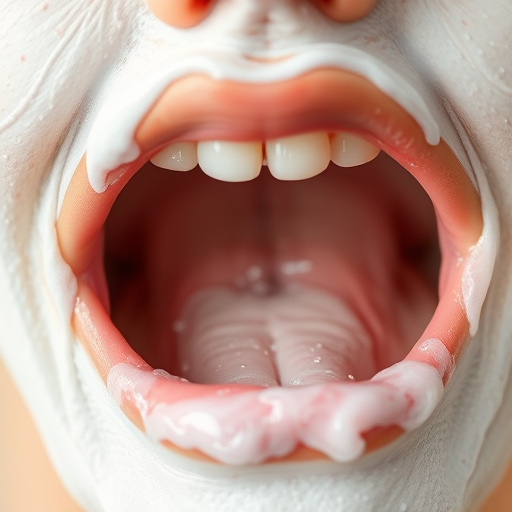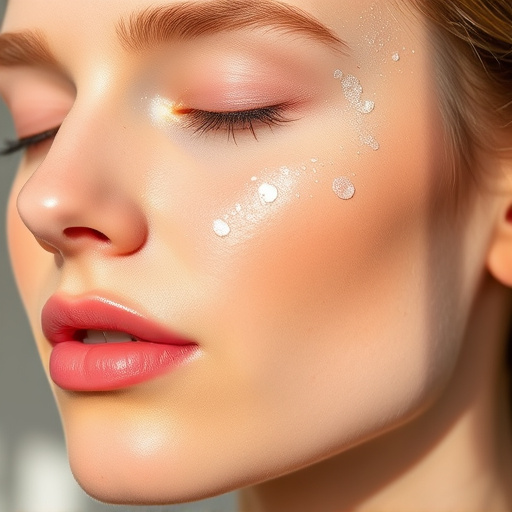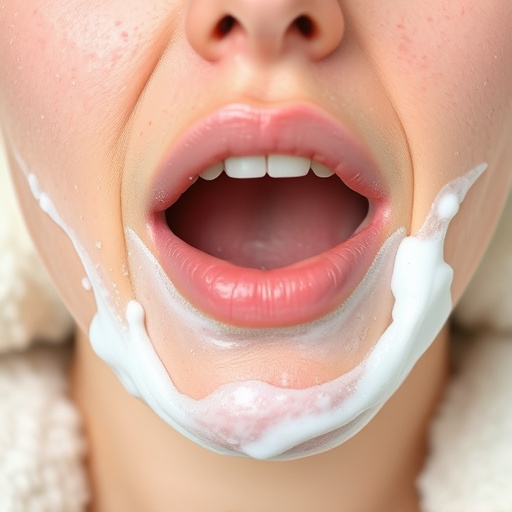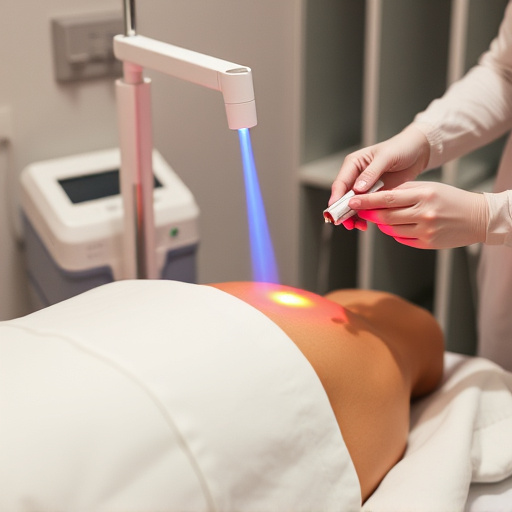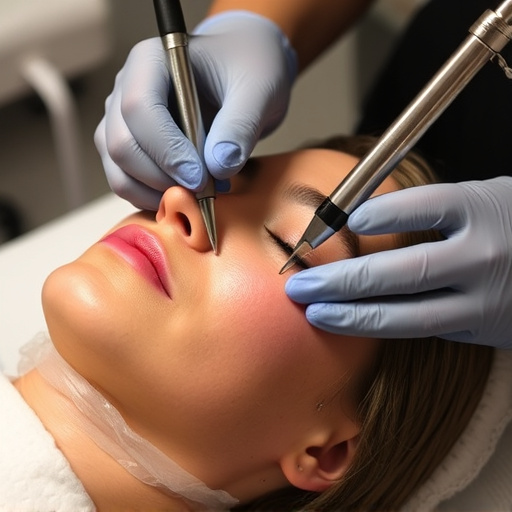Pore cleansing treatments have gained popularity for achieving clearer, healthier skin by addressing clogged pores caused by dirt, excess oil, and dead skin cells. Key methods include manual exfoliation (like chemical peels and physical scrubs), topical products, and procedures like laser hair removal or skin tightening. Exfoliation is crucial for effective pore cleansing, improving product absorption, stimulating collagen production, and enhancing skin texture. Best practices involve personalizing routines based on skin type and concerns, balancing exfoliation frequency to avoid irritation, and supporting overall skin health for successful skincare regimens.
“Unveil the secret to achieving flawless, radiant skin with a focused look at the power of exfoliation in pore cleansing treatments. This comprehensive guide explores the fundamentals of understanding your pores and the importance of deep cleansing. Discover various exfoliation techniques, from chemical peels to scrub solutions, designed to unclog and minimize their appearance. Learn about the numerous benefits, including improved skin texture and a brighter complexion. Embrace best practices to ensure safe and effective results, allowing you to unlock a clearer, healthier skin journey.”
- Understanding Pore Cleansing Treatments: The Basics
- Exfoliation Techniques for Effective Pore Cleansing
- Benefits and Best Practices for Incorporating Exfoliation in Your Routine
Understanding Pore Cleansing Treatments: The Basics
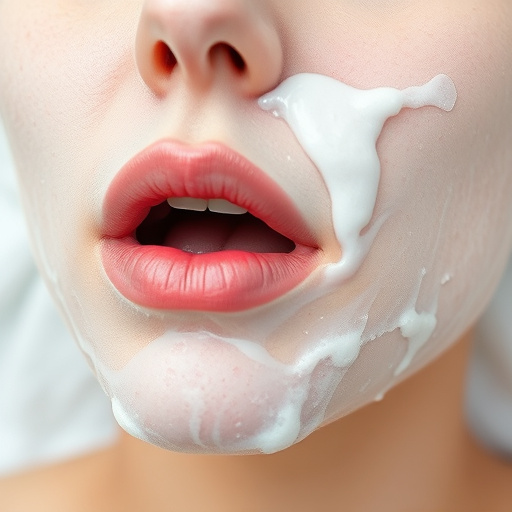
Pore cleansing treatments have become a popular topic in skincare routines, with many individuals seeking ways to achieve clearer and healthier skin. Understanding the basics of these treatments is essential for anyone looking to incorporate them into their self-care regimen. Pores, the tiny openings on our skin’s surface, play a vital role in skin health by allowing sweat and sebum (the skin’s natural oil) to exit the body. However, over time, pores can become clogged with dirt, excess oil, and dead skin cells, leading to an appearance of enlarged pori and potential skin concerns like acne or buildup.
Pore cleansing treatments aim to address these issues through various methods, including manual exfoliation, chemical peels, and specialized topical products. Manual exfoliation physically removes surface-level impurities, while chemical peels use a blend of acids to penetrate deeper, dissolving dead skin cells and unclogging pores. Pore refinement, achieved through these treatments, can significantly enhance the overall look and texture of the skin, promoting a radiant and healthier complexion.
Exfoliation Techniques for Effective Pore Cleansing
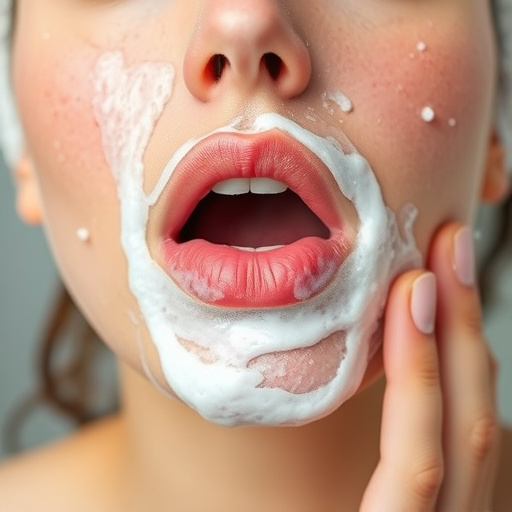
Exfoliation plays a pivotal role in enhancing the success of any pore cleansing treatment. It involves the gentle removal of dead skin cells and excess sebum buildup, which are primary contributors to clogged pores. There are various exfoliation techniques to choose from, each offering unique benefits for achieving clear and radiant skin.
Chemical exfoliants, commonly found in serums and cleansers, use alpha hydroxy acids (AHAs) or beta hydroxy acids (BHAs) to dissolve the glue-like substance that binds dead skin cells together. These non-surgical treatments are effective in unclogging pores and promoting skin cell turnover. On the other hand, physical exfoliants, like scrubs and brushes, mechanically remove debris from the surface and within pores. While often harsher, they can be beneficial for deeper pore cleansing. For those seeking more intense results, procedures such as laser hair removal and skin tightening treatments can also improve pore appearance by reducing hair follicle size and stimulating collagen production, respectively.
Benefits and Best Practices for Incorporating Exfoliation in Your Routine
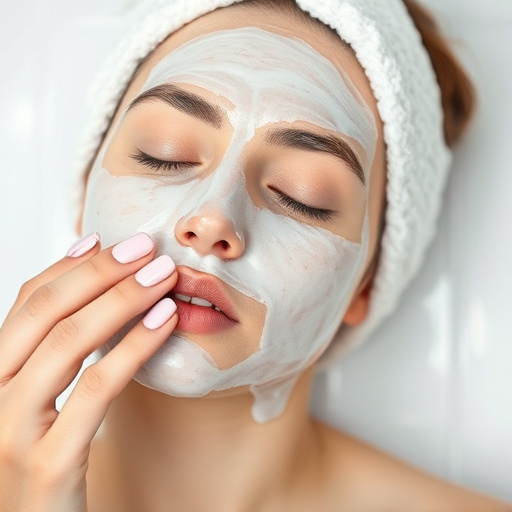
Incorporating exfoliation into your skincare routine offers a multitude of benefits for achieving effective pore cleansing treatments. This process helps remove dead skin cells and unclogs pores, allowing for better absorption of other skincare products. Exfoliated skin also appears smoother, brighter, and more even-toned, enhancing overall complexion. Chemical peels, a popular exfoliation method, offer gentle yet powerful removal of surface layers, stimulating collagen production and improving texture.
Best practices suggest tailoring your exfoliation routine to your skin type and concerns. For instance, mild chemical peels are suitable for most, while heavier exfoliants like microneedling therapy cater to deeper cleansing needs. Regular exfoliation, when combined with other pore-cleansing treatments, can significantly improve skin health and the overall success of skincare regimens. Additionally, it’s crucial to balance exfoliation frequency; overdoing it may cause irritation, so a gentle touch is key for maintaining skin’s delicate balance.
Exfoliation plays a pivotal role in achieving successful pore cleansing treatments. By understanding various exfoliation techniques and incorporating them into your skincare routine, you can significantly enhance the effectiveness of your pore-cleansing regimen. Regular exfoliation helps remove dead skin cells, unclogs pores, and promotes a healthier, more radiant complexion. Remember that consistency and choosing the right products for your skin type are key to reaping these benefits. Integrating exfoliation into your skincare routine is a simple yet powerful step towards achieving clear, glowing skin.



